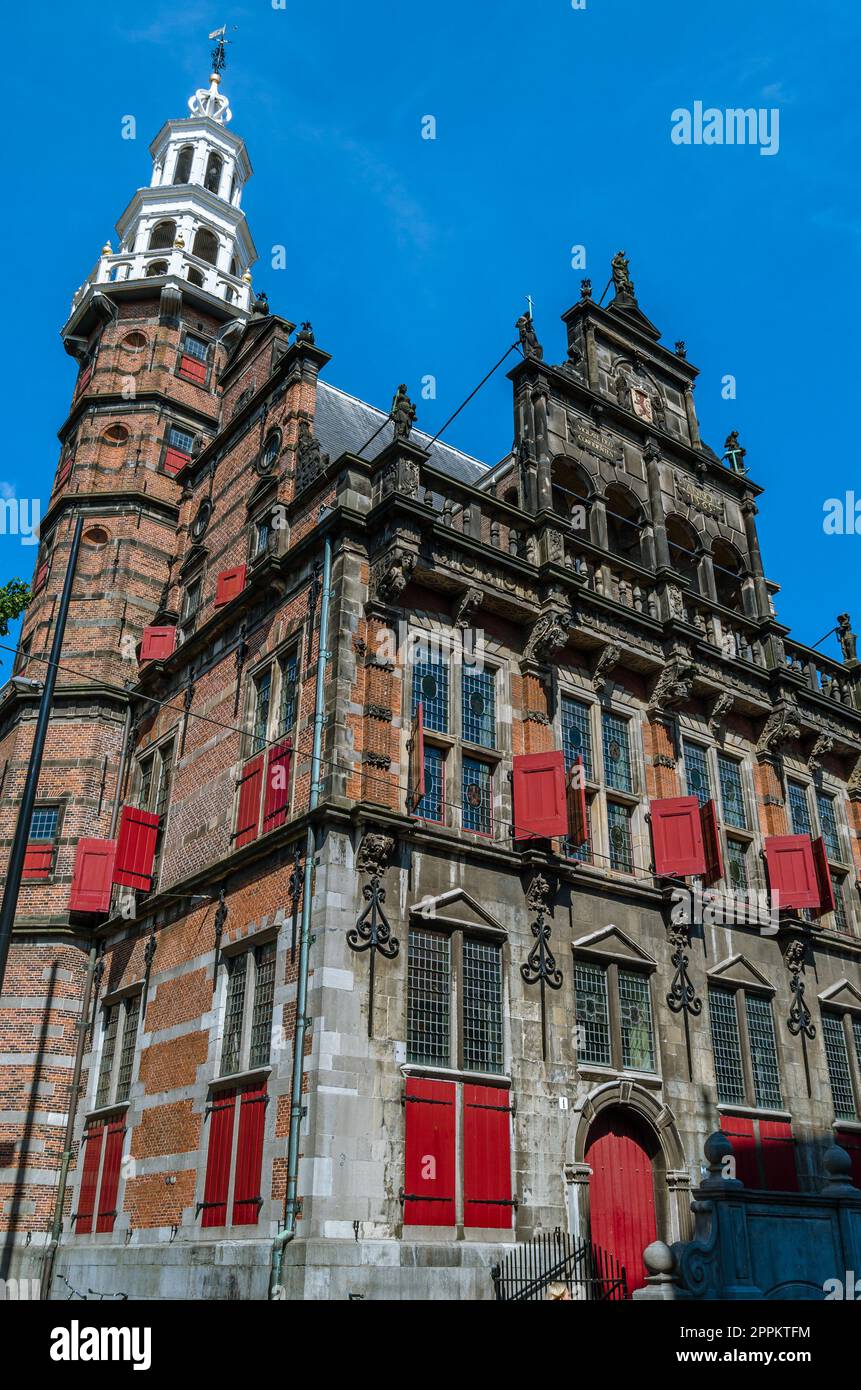The Binnenhof: A Medieval Heartbeat
The Binnenhof, located in the center of The Hague, is a striking example of medieval architecture that has stood the test of time. Originally built in the 13th century, this complex of buildings has been the center of Dutch politics for centuries. The Gothic-style Ridderzaal, or "Hall of Knights," with its pointed arches and stained glass windows, serves as a reminder of the city's historical roots. Visitors can often hear the echo of footsteps on the cobblestone paths, a testament to the countless political figures who have walked these grounds.
The Peace Palace: A Symbol of International Justice

Just a short distance from the Binnenhof, the Peace Palace stands as a beacon of international law and order. Completed in 1913, this building combines Neo-Renaissance and Neo-Gothic styles, featuring intricate stonework and a grand clock tower. The Peace Palace houses the International Court of Justice and is surrounded by meticulously maintained gardens. The contrast between the palace's ornate facade and the modern legal proceedings inside highlights The Hague's role as a city where tradition meets progress.

The Mauritshuis: Art and Architecture

The Mauritshuis, a 17th-century mansion turned museum, is home to some of the most famous works of Dutch art, including Vermeer's "Girl with a Pearl Earring." The building itself is a masterpiece of Dutch Classicism, with its symmetrical design and elegant proportions. Inside, the creaking wooden floors and the soft glow of natural light filtering through large windows create an intimate setting for viewing art. The Mauritshuis exemplifies how The Hague preserves its artistic heritage while making it accessible to the public.
The New Babylon: A Modern Skyline
In stark contrast to the historical buildings, the New Babylon complex represents The Hague's modern architectural ambitions. Completed in 2012, this mixed-use development features sleek glass towers that rise above the cityscape. The reflective surfaces of the buildings capture the changing Dutch skies, creating a dynamic visual experience. New Babylon includes residential, office, and retail spaces, illustrating the city's commitment to integrating contemporary living with urban functionality.
The City Hall: A White Modernist Icon
Designed by American architect Richard Meier, The Hague's City Hall is a striking example of modernist architecture. Completed in 1995, the building is known for its stark white facade and extensive use of glass, which floods the interior with natural light. The open atrium, with its soaring ceilings and minimalist design, serves as a public space for exhibitions and events. This building reflects The Hague's embrace of modern design principles while serving as a functional civic center.










